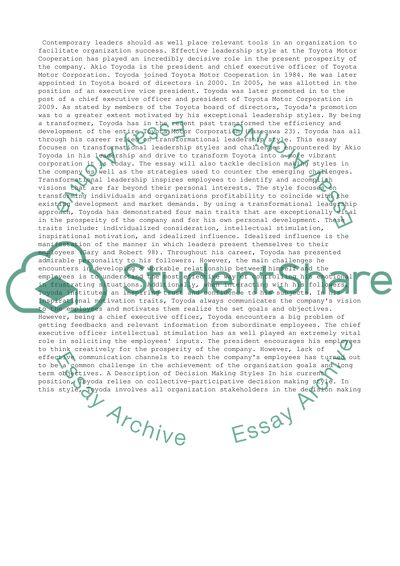Cite this document
(“Analysis a Contemporary Leadership Challenge : Style, Strategy, Essay”, n.d.)
Retrieved de https://studentshare.org/management/1460659-analysis-a-contemporary-leadership-challenge-style
Retrieved de https://studentshare.org/management/1460659-analysis-a-contemporary-leadership-challenge-style
(Analysis a Contemporary Leadership Challenge : Style, Strategy, Essay)
https://studentshare.org/management/1460659-analysis-a-contemporary-leadership-challenge-style.
https://studentshare.org/management/1460659-analysis-a-contemporary-leadership-challenge-style.
“Analysis a Contemporary Leadership Challenge : Style, Strategy, Essay”, n.d. https://studentshare.org/management/1460659-analysis-a-contemporary-leadership-challenge-style.


